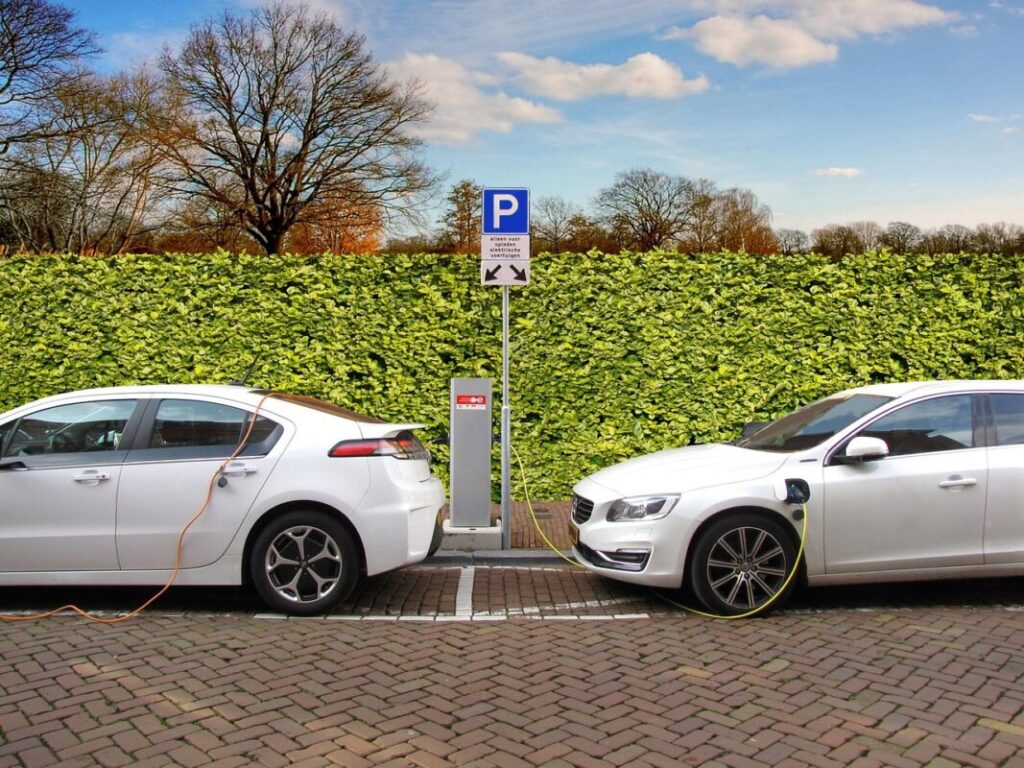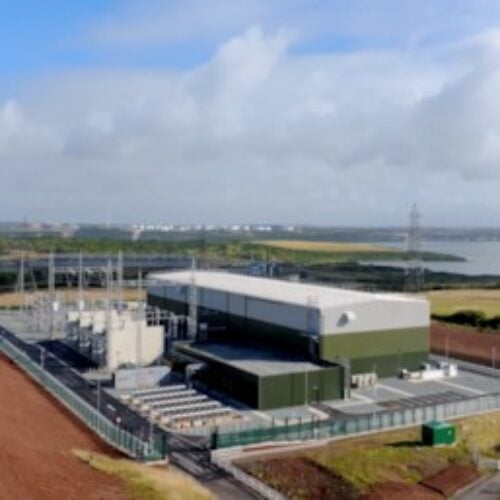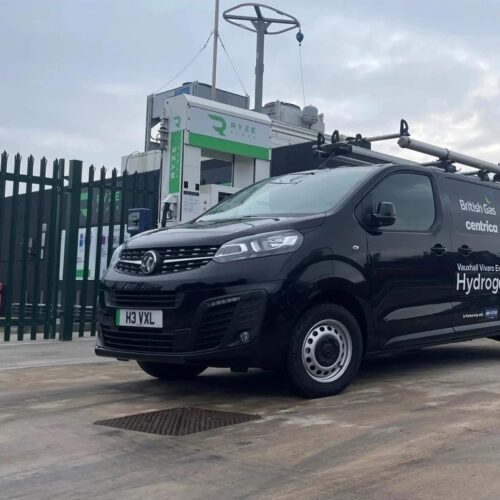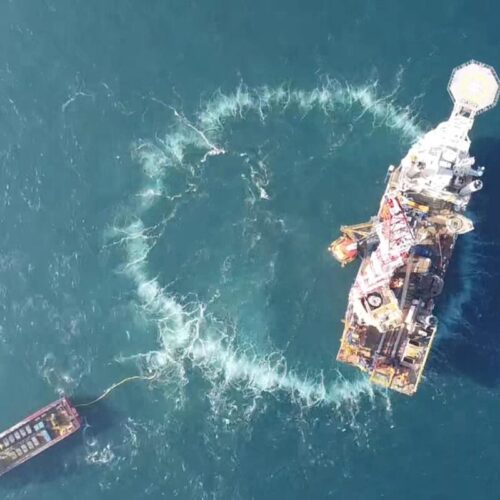After a record-breaking start to the year for EV market penetration, we look at the biggest news to come out of the industry recently.
A total of 13 local authorities in the Midlands received £40.8 million in funding from the government’s Local Electric Vehicle Infrastructure (LEVI) fund last week, which will help deliver more than 16,000 chargepoint sockets across the region, with exact numbers determined as part of future contracts.
The news came as figures showed one in four new cars sold in February was an EV, and the UK surpassed 75,000 public EV chargers installed, reaching 75,675 chargepoints at the end of February.
The full story on the Midlands LEVI funding is available here.
Heavy goods vehicle charging
At the beginning of March, motorway service station operator Moto committed to install 300 charging bays for electric heavy goods vehicles (eHGVs) by the year 2030, with the first two eHGV charging hubs at service stations in Exeter and Tamworth having secured planning permission and expected to start construction in April.
More on the story is here.
The following day, the first public charging hub for heavy-duty transport from Milence, a joint venture between Daimler Truck, Traton Group, and Volvo Group, in Immingham.
Sited on Able Humber Port (AHP), the hub features four high-performance combined charging system (CCS) chargers with a power output of up to 400kW, providing access to eight charging bays. Milence is committed to powering all of its charging hubs with 100% green energy, the company states.
For more on Milence’s eHGV hub, read here.
Green hydrogen vehicle trials
Just over a month after a hydrogen combustion engine developed by JCB was cleared by licensing authorities in Europe for commercial use, British Gas announced it would trial the use of hydrogen-powered vans to decarbonise its fleet.
Partnering with Ryze Power, the Centrica-owned utility acquired one Vauxhall Vivaro van to use in the trial, which will be refuelled with green hydrogen supplied by Ryze Power at Ryze’s refuelling station in Tysley during the working day.
The full story can be found here.
Fleet electrification
Sticking to more traditional methods, Transport for London (TfL) recently completed analysis of its support fleet that found 50% of its vehicles were suitable for electrification, without need for depot infrastructure upgrades.
Fleet optimisation software provider Dynamon analysed TfL vehicle telematics data and operational patterns over a 12-month period using its ZERO software. It identified 36 primary locations at which, if TfL installed dedicated fleet-only charging infrastructure, 90% of the fleet’s energy demand would be met, meaning a potential 43% reduction in the number of chargers required, with charger sharing strategies improving charger utilisation by 35%.
Elsewhere in the UK, e-fleet solutions provider VEV completed work on a new electric bus hub in Chesterfield for Stagecoach, the first of four that will be developed as a collaboration between VEV and the UK’s largest bus and coach operator.
The TfL story is here, Stagecoach can be read here.
PAC report raises concerns
While much of this news is a success, a report by the Public Accounts Committee (PAC) found that too few public chargepoints have so far been installed outside London and the South East, where 43% of infrastructure is currently concentrated.
Head of transport and innovation at the Renewable Energy Association (REA), Matthew Adams, said: “It is clear now more than ever that local authorities need continued support to ensure they have the capability required to rollout a whole range of charging infrastructure.
“We must now help local authorities where charging infrastructure is not commercially viable and remove blockers where it is.”
More on the PAC’s report was published yesterday, available to read here.






